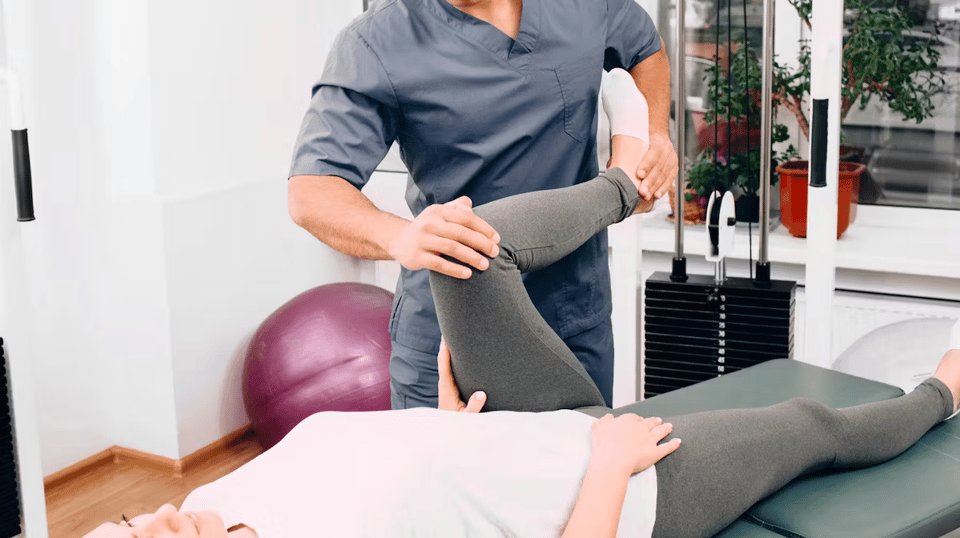Simplifying Assessment and Treatment of the Sacroiliac Joint & Hip Dysfunction - FREE PREVIEW
Jason Handschumacher, PT, DPT, OCS
Includes all course content in digital format
Add to Cart
Description
This course is for demonstration purposes only and does not offer CE credit. Learn more about subscription access here: https://www.physicourses.com/subscription-access
Highlights
- Clinical examination and interpretation of findings to guide treatment
- Effective manual therapy and therapeutic exercise interventions
- Video demonstration of simple examination and intervention
Learning Objectives
- Discuss the efficient and reliable clinical examination and interpretation of findings to guide treatment.
- Observe the demonstration of effective manual therapy and therapeutic exercise interventions.
Course Content
| Simplifying Assessment and Treatment of the Sacroiliac Joint & Hip Dysfunction - FREE PREVIEW | Module |
- Relevant History, Symptom Patterns, and Examination Interpretation
- Form closure and force closure vs tensegrity model of stability
- Provocation motions and testing
- Symptom differentiation lumbar, nerve, sacroiliac, hip,and combinations
- Selection of a Combination of Management Options Based on Findings and Treatment Responses
- Video demonstration
- Stretching, strengthening, joint mobilization, and joint stabilization
- Thrust and non-thrust options for the SIJ, pubic symphysis, lumbar spine, and hips
- Exercise choice and progression based on specific patient characteristics and limitations
- Developing simple home exercise programs and guiding post-rehabilitation options for the patient
Jason Handschumacher, PT, DPT, OCS is a licensed physical therapist with more than 20 years of clinical practice across all spectrums of rehabilitation and in some of the top facilities in the country. Currently, he is in practice with The Medical University of South Carolina working daily in a clinic within the fitness center of an active adult community. His focus is on non-operative and post-operative spinal care with this age population. He has been a Board Certified Orthopaedic Clinical Specialist through the American Board of Physical Therapy Specialties since 2006. He is Certified in Dry Needling through the American Academy of Manipulative Therapy. He has additional advanced manual therapy training through the North American Institute of Orthopaedic Manual Therapy. He has additional certifications in Selective Functional Movement Assessment, therapeutic taping, and instrument assisted soft tissue mobilization. In addition to the full-time clinical practice, he travels nationally presenting continuing education seminars and speaking at rehab conferences bringing a real-world perspective to other clinicians. Dr. Handschumacher earned his bachelor's degree in exercise science from Miami University, a Master of Physical Therapy degree and a Doctor of Physical Therapy from Shenandoah University. He is a member of the American Physical Therapy Association Orthopaedic Academy and South Carolina Chapters.
This course is for demonstration purposes only and does not offer CE credit upon viewing. Learn more about subscription access here: https://www.physicourses.com/subscription-access